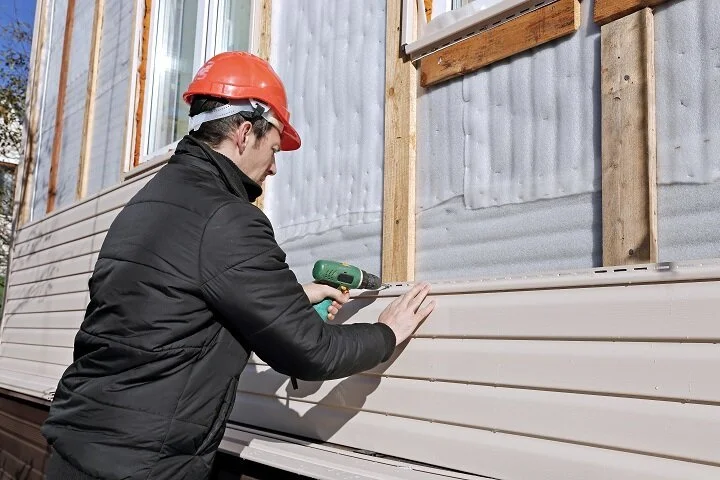Vinyl Siding Installation- DIY Guide for You
Certainly, a competent vinyl siding contractor is the perfect place to build laps of vinyl siding for you. This is also twice as costly as your own alternative solution. Since vinyl siding is only moderately difficult to mount, let's go through the process at least in simple one-story houses.
However, you can also opt for DIY process if you like it that way. Here is a full guide for you as presented by vinyl siding experts of Minnesota. So, let’s get started!
The Tools You Need to Add to Your List:
Hammer
Level for provided alignment to the pieces (vertically or horizontally)
Tin Snips for cutting
Tape measurer
Ladder
Chalk Line
Additional Tools for Better Work:
Circular Saw
Speed Square
Pencil and paper
Sawhorse
A Helping Hand
Materials You Would Need:
House wraps
Nails
J-Channel
Corner Molding
Drip Caps
What You Must Know Before Installation?
In our DIY guide we presume that you work with lap vinyl siding or with the conventional look of horizontal boards wrapped around the entire house. Other variants include vinyl siding, vertical doors, cartons, and even a partitioned wood look. Our emphasis is on the vinyl siding most frequently.
Two forms known as hollow-back or foam-back come together with this variety. Hollow-back is the most frequent style and provides immense variety of colors, panel width, hem line design or panel profile and siding thickness. Standard residential siding Thickness typically extends between 0.040 and 0.046 inches.
The thicker the material, the longer it is resistant to impact. While these steps tend to be rather thin, the vinyl hollow-back siding allows for insulation very adequate. It values .61 on the scale of the R-value. Compare this by saying the Cedar Shake is 9 times thick and 10 times thick.
The vinyl back foam siding is suitable for improving your home's insulation. Better isolation means more productivity in electricity. Foam-back scores 1.8 or 3 times hollow-back R-value. This is similar to the top with respect to all sides. Fiber cement, Brick and much of the Stone veneers are under 1.0 to bring things into perspective. In addition to improved insulation, moisture-back increases impact resistance and typically features less seams and moisture is not absorbed by the foam content (EPS).
Why Professional Contractors Are Best?
Conducting a whole DIY installation of vinyl siding with some tools is not an easy task. You would need proper training and expertise to complete the job without any hassle. Lack of knowledge might possess a lot of risks in the whole process. Therefore, relying on professional siding contractors is the best thing you can do. Call Reroof America to get a free quote in Minnesota.l

